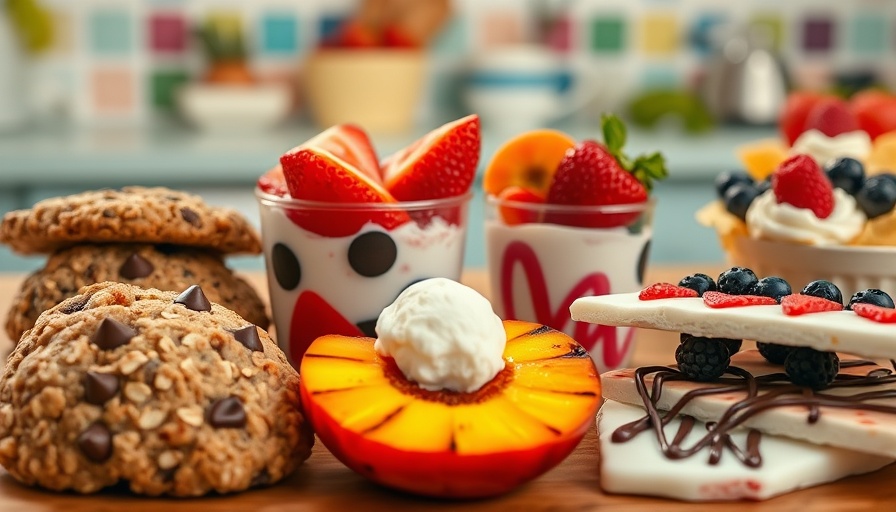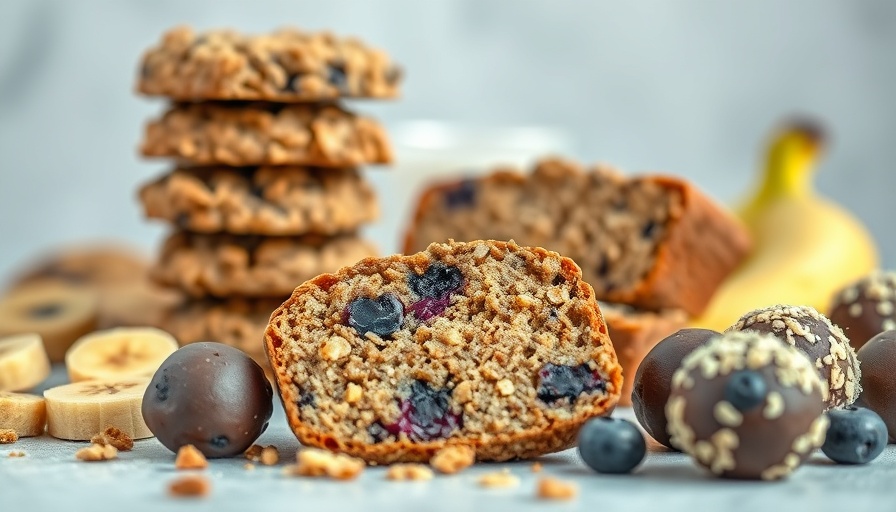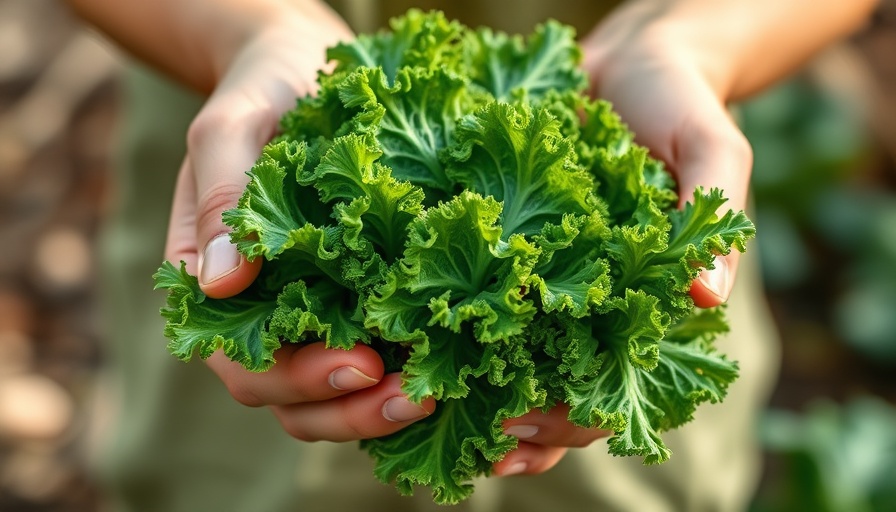
Refreshingly Healthy: Why Summer Treats Matter
With summer in full swing, parents often find themselves facing the age-old dilemma of what to feed their children. Traditional summer snacks can be laden with sugar and unhealthy additives, putting a dent in their nutritional goals. The good news? There are plenty of healthy alternatives! With the rise in awareness around nutrition, more families are seeking out ways to provide children with snacks that are not only tasty but also wholesome.
Deliciously Simple Recipes to Satisfy Little Snackers
This summer, delight your little ones with easy-to-make, nutrient-packed treats. Here are just a few examples:
1. Strawberry Yogurt Bites: These refreshing bites are a fantastic alternative to ice cream, providing a satisfying sweetness with low sugar. A nutritious option that combines Greek yogurt with crunchy granola and sweet strawberries, they can be frozen ahead of time for quick serving.
2. Flourless Banana Bread: Kids and adults alike won’t be able to resist this moist, grain-free banana bread. Made with wholesome ingredients, it's perfect for a quick breakfast or midday snack, and its rich flavor is sure to be a crowd-pleaser.
3. Frozen Yogurt Bark: This fun treat features creamy yogurt smeared with colorful fruits. It’s a delightful way to help kids cool off during those hot summer days while sneaking in some protein!
Emphasis on Nutritional Value
Providing children with nutritious snacks during the summer has far-reaching implications. Nutrition is a cornerstone of development, affecting everything from physical growth to cognitive function. According to nutrition experts, incorporating fruits and whole foods into kids' diets can significantly enhance their energy levels, immunity, and overall health. When children snack on healthy options, they cultivate preferences that can carry into adulthood.
Building a Healthier Future through Choices
Making healthier snack choices is a simple act that can inspire profound changes in children’s lifestyles. As family members gather for BBQs and pool parties, align the snack offerings with activities that encourage movement and outdoor play. Try setting up a colorful fruit station or a DIY yogurt bar where kids can create their own yogurt parfaits. This not only promotes healthier eating but also fosters a sense of ownership over their choices.
Encouraging Healthy Habits in a Fun Way
Introducing healthy summer treats can also serve as a learning opportunity. Involve your children in the preparation process! Allowing them to select and prepare their snacks can be both educational and enjoyable, teaching them about nutrition in a hands-on environment. Engage them by discussing the health benefits of various ingredients or exploring new recipes together.
Frequently Asked Questions About Healthy Snacks
What makes summer treats healthy? Healthy snacks typically contain whole, unprocessed ingredients, minimal sugars, and offer beneficial nutrients. For instance, opting for whole fruits or yogurt instead of candies can provide vitamins, minerals, and protein to growing bodies.
Can healthy snacks be tasty? Absolutely! Many healthy ingredients are naturally sweet or flavorful. Incorporating spices like cinnamon or vanilla can enhance flavor without using refined sugar, making healthy snacking a delicious experience.
Your Next Steps to Healthier Living
Why wait? Start embracing the joy of summer with these fun and nutritious recipes. By prioritizing snack choices that are both healthy and tasty, you'll set the stage for lifelong healthy habits in your kids. Get the whole family involved, make it a bonding activity, and watch as everyone enjoys the delicious fruits of your labor.
Discover more healthy recipes that can fuel your summer adventures and help you improve nutrition for the entire family. Embrace this opportunity to create lasting smiles and health!
 Add Row
Add Row  Add
Add 







Write A Comment